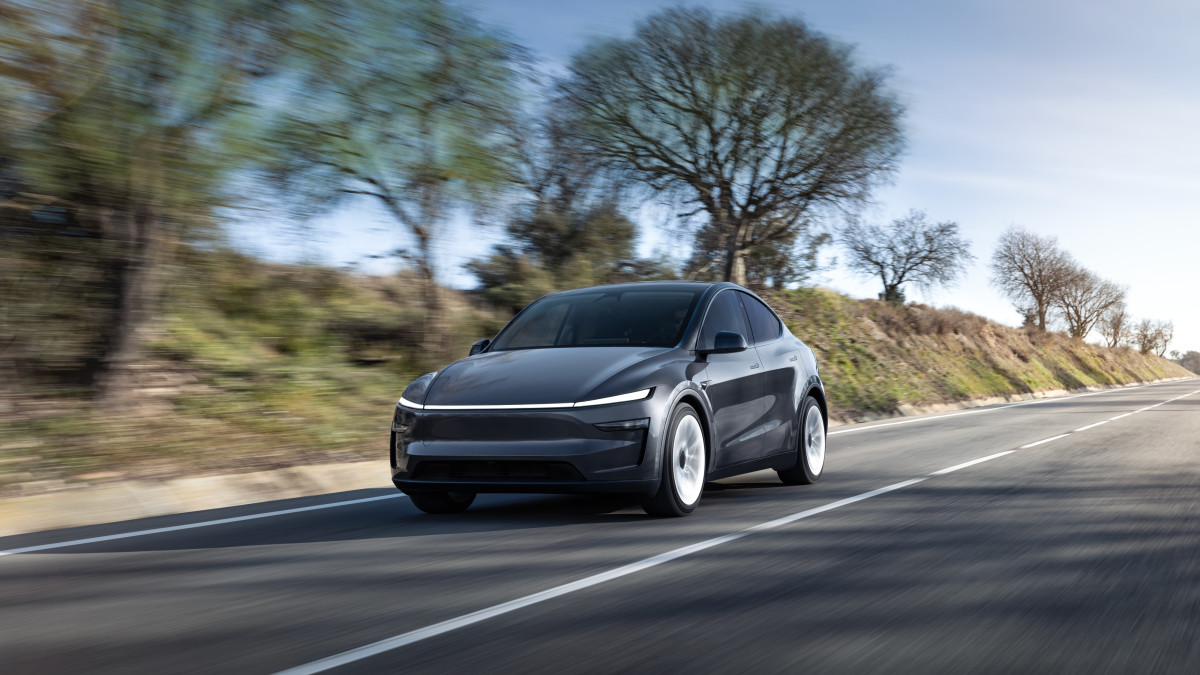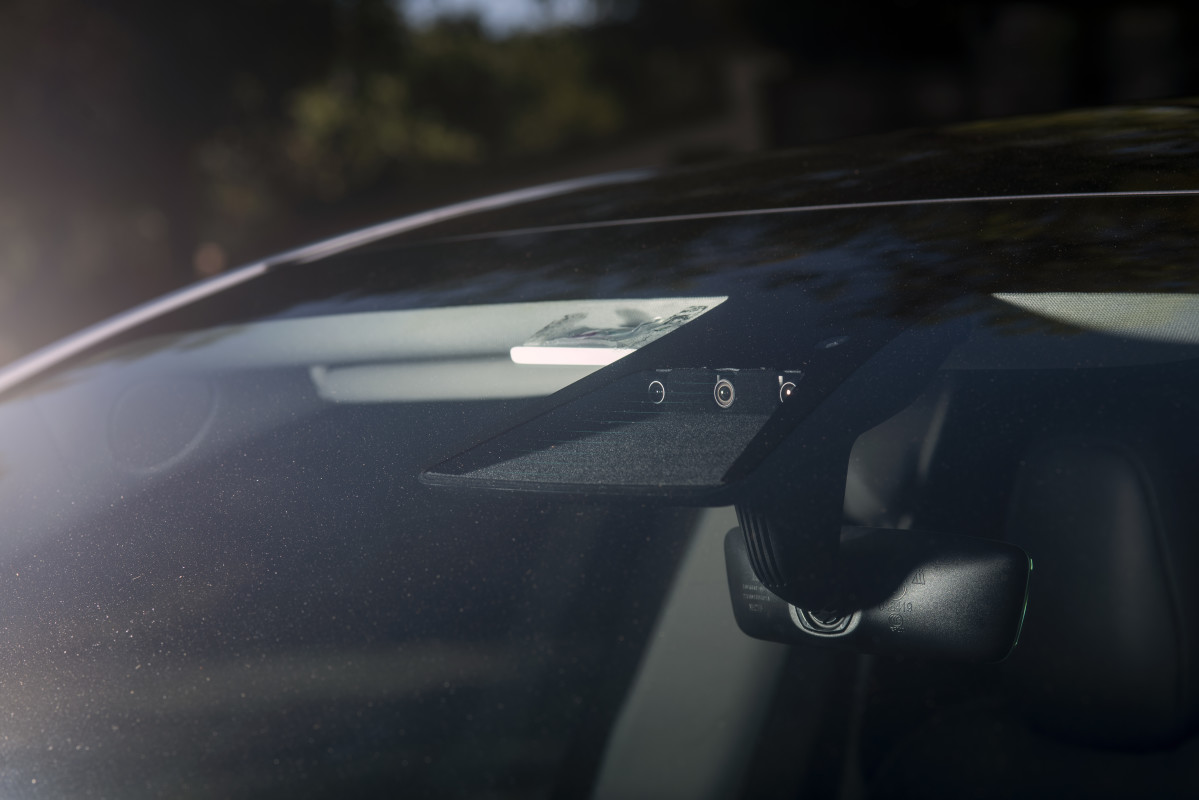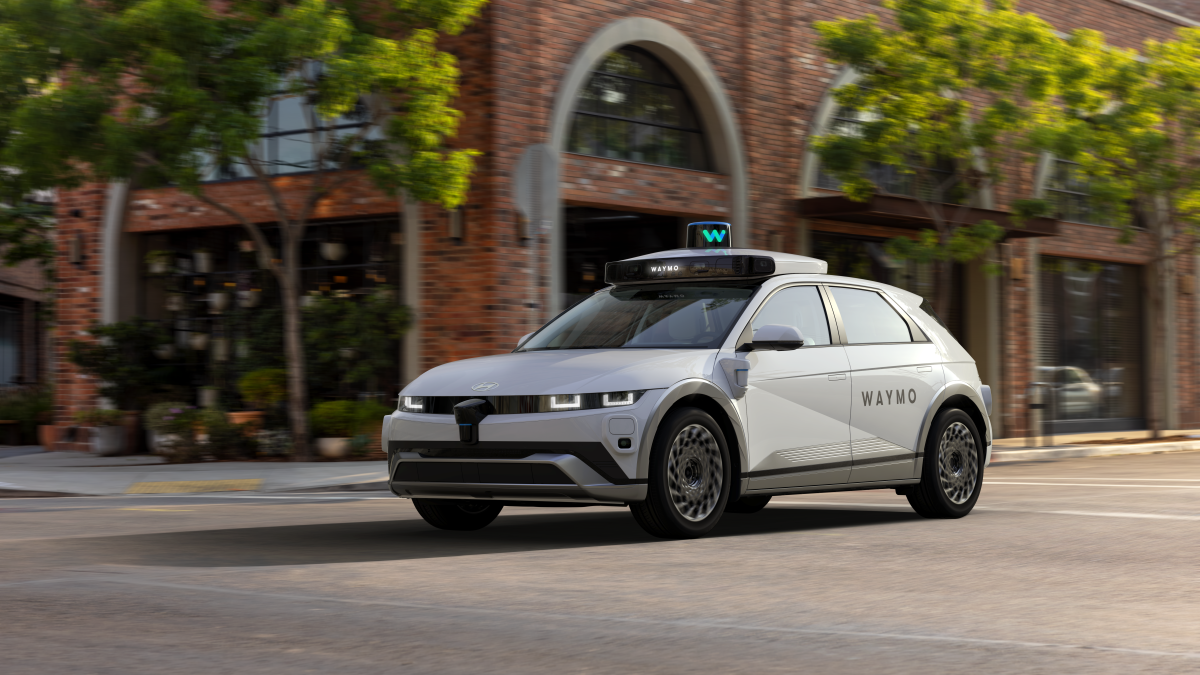Tesla’s Driverless Journey

In a move that combines a dash of innovation with a splash of caution, Tesla’s plan to release its fleet of autonomous robotaxis is rolling out, but not as one might first think. Elon Musk has announced the launch of a pilot program featuring driverless Model Ys in Austin, Texas. But here’s the twist: these vehicles won’t be entirely flying solo. The company is incorporating human teleoperators who will have the ability to monitor and take control of the cars through remote channels.
Remote Oversight

Using remote operators to safeguard autonomous vehicles isn’t new within the industry, yet it starkly contrasts Elon Musk’s promotion of a fully autonomous future driven strictly by AI and camera systems. While he has previously dismissed the necessity of using tech like LIDAR, recent developments suggest Tesla’s embracing a more blended approach for now.
Backing up this strategy, Morgan Stanley analysts reported new focus areas at Tesla headquarters in Palo Alto, especially around human oversight. Job listings for “Teleoperation” engineers confirm this, as these roles will help enhance tools for remote intervention—essentially acting as a bridge connecting human operators with the AI systems onboard.
Safety First

Despite the excitement, safety remains the paramount concern. Tesla has yet to provide safety data for its Full Self-Driving software, a system that’s under the magnifying glass of federal regulators due to associations with numerous incidents. While Tesla asserts its self-driving features will eventually surpass human-driven safety, the current measures are more about extra caution and responsibility.
The small-scale trial in Austin kicks off with just 10 vehicles, aimed at an exclusive group. The goal is to possibly expand up to 1,000 robotaxis if the trial proceeds without hiccups.
Industry Norm
What Tesla is devising mirrors what competitors like Waymo have implemented. Waymo’s solution, known as “fleet response agents,” steps in when their vehicles encounter challenging situations. Tesla’s strategy may take a further leap, potentially incorporating virtual reality setups to enhance the real-time oversight and control of the car’s environment.
Riding Ahead
Tesla’s foray into robotaxis might dazzle with its technological edge, but it’s also a clear nod to the complexity of creating a fully autonomous future. The human element in the loop isn’t a regression; it’s a strategic maneuver. As more companies venture into this domain, it’s evident that achieving complete autonomy still demands a safety net. Whether this hybrid structure is a temporary measure or a staple necessity in automating journeys is still unfolding. For now, on this voyage towards driverless roads, having a human touch at the controls, albeit remotely, continues to be a prudent choice.
Nissan's New Plan
Maserati Bargain
2026 Jeep Cherokee
Hydrogen Push by Toyota
Toyota Crown Scores 95